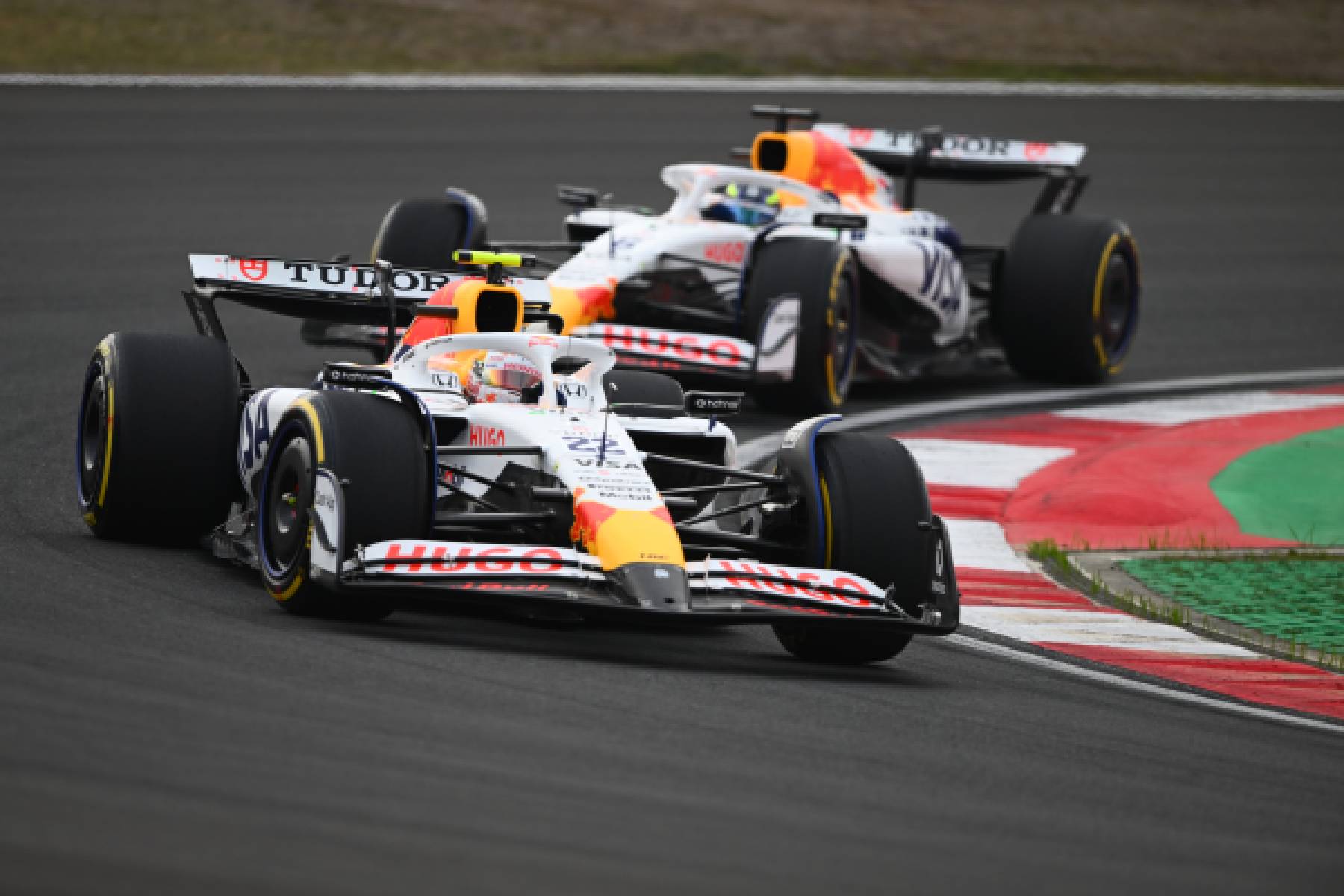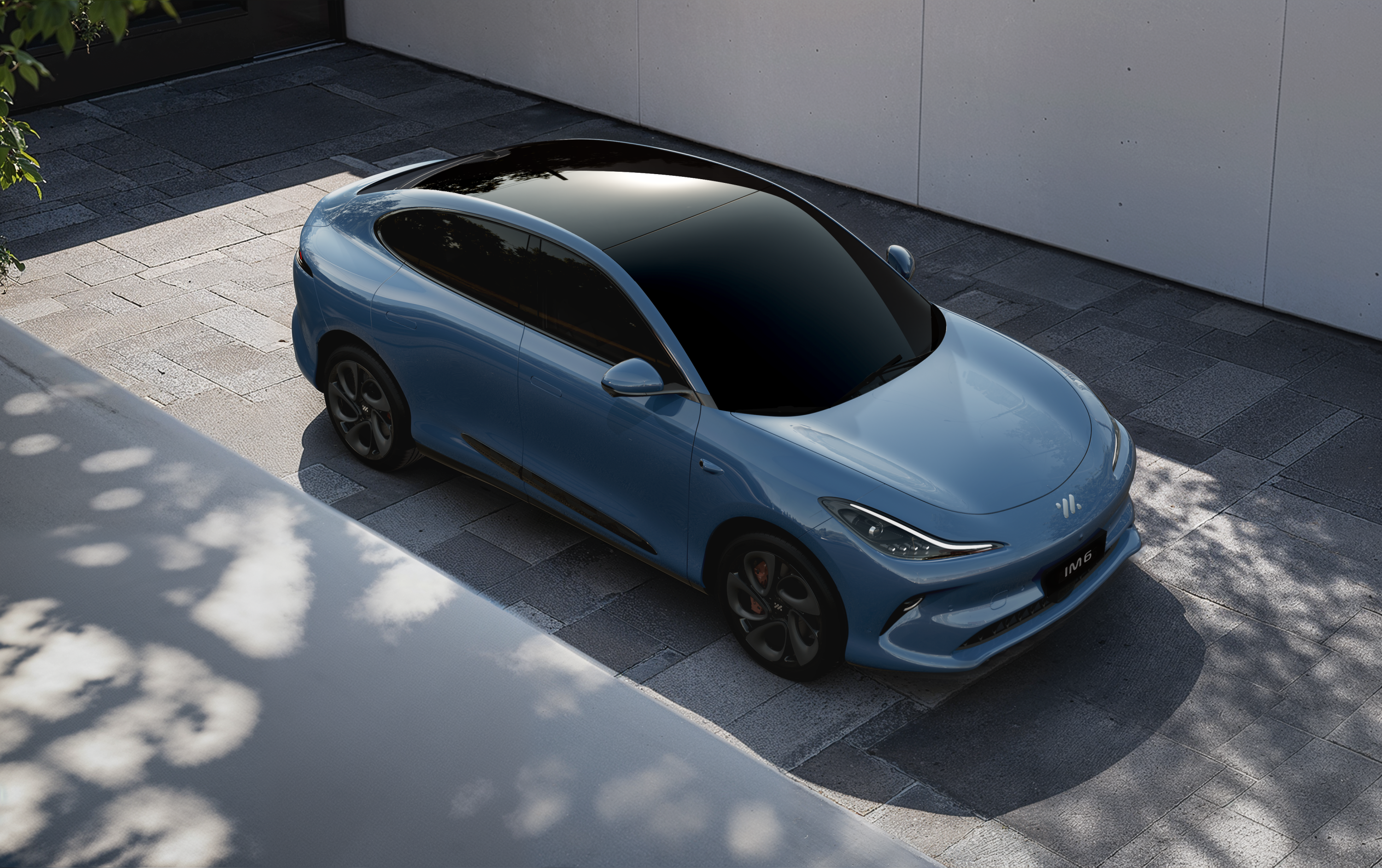
The 2017 Hyundai Kona, the Korean brand’s first European-designed compact SUV, will roll into Australian showrooms from September.
It will arrive here armed to the teeth with high-tech safety and a fully loaded infotainment kit, ready to take on the Mazda CX-3, Toyota C-HR, Honda HR-V and Mitsubishi ASX.
Kona was revealed officially today, at long last, in Seoul, South Korea, putting an end to weeks of teasers and speculation about its styling and specification. Pricing is yet to be confirmed for Oz, but here is what we do know.
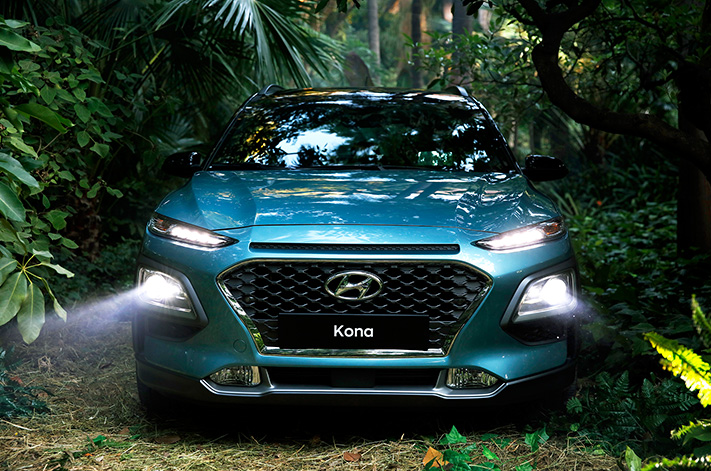
A range of three, petrol-only variants, Active, Elite and Premium, will be available, led by a 2.0-litre four-cylinder (shared with the Hyundai Elantra) base model producing 110kW and 179Nm and driving the front-wheels only, through a six-speed automatic gearbox. Acceleration from 0-100km/h is claimed to take 10.0 seconds.
Mid- and high-spec Kona models will use matching 1.6-litre turbocharged four-cylinder engines with direct injection and outputs of 130kW and 265Nm. They will send drive to all four wheels via a seven-speed dual-clutch transmission and reach 100km/h from standstill in 7.7 seconds.
A normally aspirated 1.6-litre four-cylinder diesel engine and downsized 1.0-litre three-cylinder petrol engine available in Europe will not be sold here.
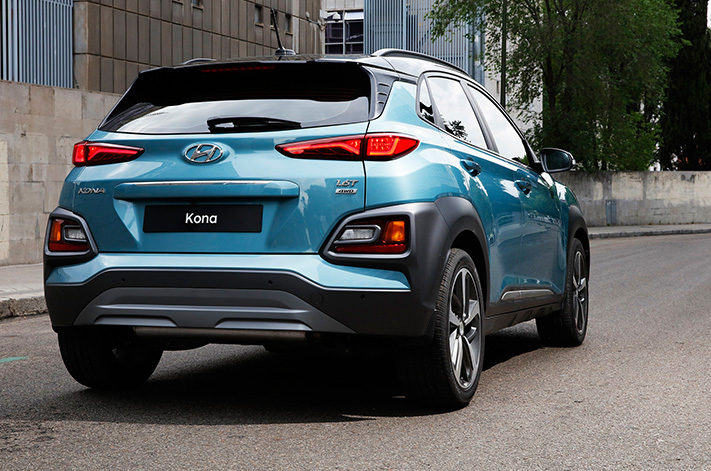
Active safety features including autonomous emergency braking (AEB), lane keeping assistance, automatic high-beam control, blind spot monitoring, rear cross-traffic alert and driver fatigue warning will be available on all Kona models sold in Oz, though not necessarily included as standard.
WhichCar expects a reversing camera for every trim grade, as well as Apple CarPlay and Android Auto smartphone integration software as standard across the range.
Base model Konas will likely make do with a smaller, 5.0- or 7.0-inch touchscreen, while mid- and high-spec variants will get an 8.0-inch screen and high-definition digital radio. A head-up display (HUD) will be reserved for the top-spec Kona model exclusively, placing speed and navigation information near the driver’s line of sight. Wireless smartphone charging will be available as an option on all models.
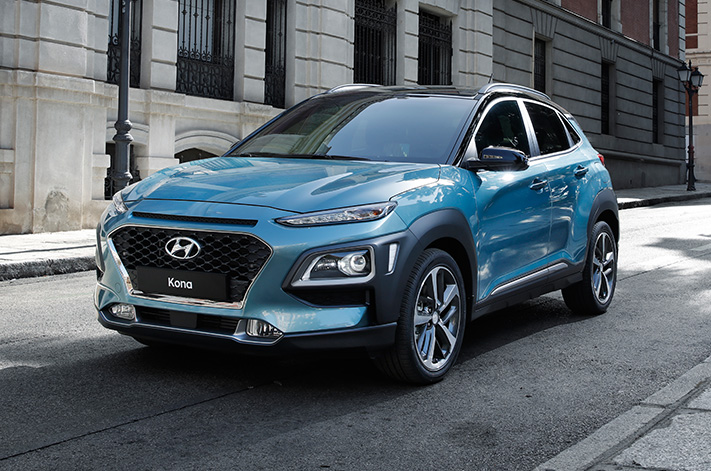
Kona’s unique, edgy styling incorporates black plastic cladding on the lower part of the car as well as the brand’s ‘cascading grille’ design signature up front, flanked by two main headlight units set midway up the car’s face with LED daytime running light strips sitting above each one, similar in execution to the Jeep Cherokee, Citroen C4 Cactus and Nissan Juke.
At 4165mm, Kona’s overall length makes it the smallest in its class. It is 110mm shorter than the Mazda CX-3, though it is 35mm wider and has a 30mm longer wheelbase, which means its wheels are positioned closer to the corners of the car, and that should open up more room inside for passengers and baggage. Official interior dimensions and cargo volumes will be announced before its local arrival.
Hyundai says Kona engineers paid particular attention to the way drivetrain components were packaged for minimal impact on cabin space. Different rear suspension layouts are used for the two drivetrain options: a torsion beam for the 2WD model and a more sophisticated and dynamically capable multi-link setup for AWD variants. A test drive in the near future will confirm whether or not the program has been successful.

The Kona name comes from a coastal region of Hawaii famous for triathlon competitions. It follows Hyundai’s penchant for naming its SUVs after travel destinations, as established with Tucson and Sante Fe.
Specific details concerning Australian Kona pricing, fuel economy figures, weights and other specification data will be fed through in the lead-up to the new model’s arrival at Hyundai dealerships in late September.


